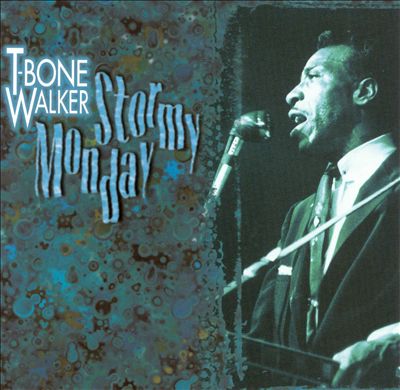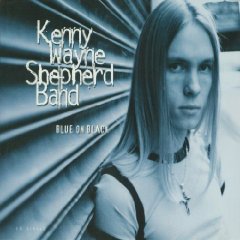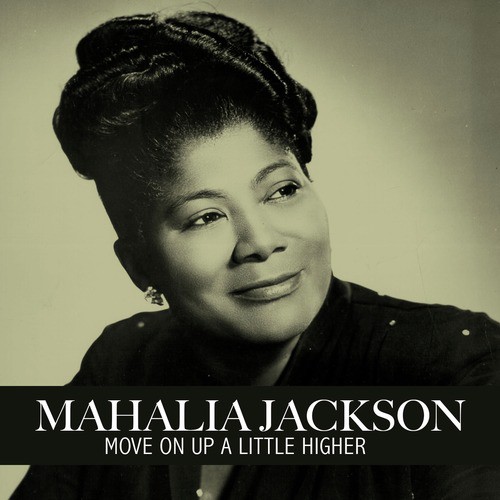 | Call It Stormy MondayT-Bone Walker |
Writer(s): Aaron Walker (see lyrics here) Released: November 1947 First Charted: January 24, 1948 Peak: 5 RB, 4 DF (Click for codes to charts.) Sales (in millions): -- Airplay/Streaming (in millions): -- radio, 1.27 video, 16.40 streaming |
Awards:Click on award for more details. |
About the Song:Aaron Thibeaux “T-Bone” Walker is often called “the father of electric blues.” SS He “deeply influenced virtually every guitarist during the decade following World War II” SS with his blend of blues and jazz guitar. UP As early as 1935, he experimented with a protype of an amplified guitar. SS He went fully electric in 1939. SS B.B. King said, “Musically, he was everything I wanted to be.” SS Walker was born in Linden, Texas in 1910. He grew up “steeped in the northeast Texas blues scene” SS learning from legends such as Leadbelly and Blind Lemon Jefferson. He worked with legends such as Bessie Smith, Ma Rainey, Cab Calloway, and Charlie Christian. He made his recording debut in 1929 but it was “Call It Stormy Monday,” recorded nearly two decades later, “that made him a legend.” SS King said, “I especially loved ‘Stormy Monday’…’cause it’s the true-life story of a workingman.” SS The lyrics explore the sadness he feels each day of the week. “As if the classic lyrics sung so smoothly by Walker weren't enough…his sophisticated, jazzy electric guitar work introduced a whole new element into blues guitar playing, both in his single string soloing and his memorable chording.” BH It is “one of the most influential records not only in blues history, but in guitar history.” BH “It became a song that virtually every blues band had to know; in fact, it was also required learning for countless jazz, soul, pop, and rock performers who may have had no other blues songs in their entire repertoires.” BH “Stormy Monday” was one of the first five inducted into the Blues Hall of Fame and only the second blues song inducted into the Grammy Hall of Fame. Resources:
First posted 9/7/2023. |












